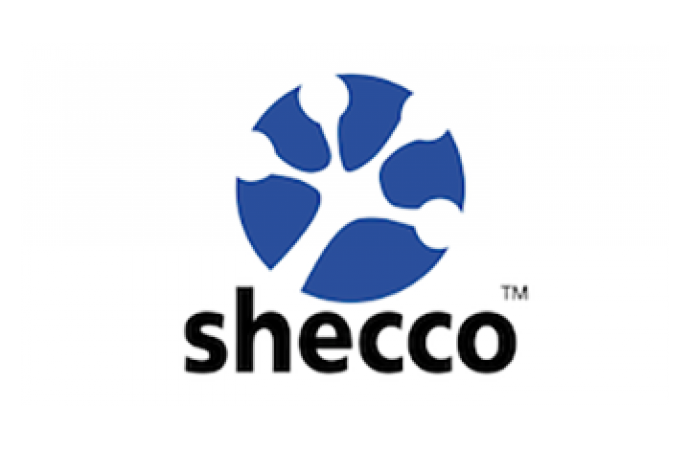Sudhir Kumar of the Association of Ammonia Refrigeration (AAR) presented current trends in ammonia refrigeration in India at IIAR 2014 Industrial Refrigeration Conference & Heavy Equipment Show, organised in Nashville, Tennessee. Kumar addressed the state of the industry, highlighted some of the AAR’s activities, and concluded with some suggestions for the future success of the industry.

Sudhir Kumar’s presentation addressed general aspects of the ammonia refrigeration industry in India, noting key strengths and weakness. Ultimately, the implementation of standards and professional training will be fundamental to future success of the industry.
Current state of the industry
India is a developing country with a steady average growth rate. Kumar explained that population migration to cities is predicted to increase by 30% by 2020. This is likely to spark substantial growth in the food and beverage sectors, which should also drive growth in the ammonia industry, especially as more and more multinational corporations shift toward the use of natural refrigerants. In India, the industry is estimated to be worth around 200 million US dollars, and the average growth rate for industrial refrigeration is 10%.
Strengths and weaknesses of the Indian refrigeration industry
Kumar pointed out that India is home to a number of excellent manufacturing companies supplying major components in the field of refrigeration such as compressors, heat exchangers, pressure vessels, piping and fittings, as well as valves and control valves. In addition, the country has many well skilled engineers crucial to the design of plants.
On the other hand, the Indian industry suffers from a lack of trained plant operators and safety equipment and insufficient adherence to safe practices. Kumar also noted that the industry in India faces an internal divide, with a part of the sector supplying substandard and field-made equipment. This is in part due to the lack of specialised factory inspectors as well as out-dated standards for ammonia plants. In addition, as in most areas around the globe, the industry is facing heavy lobbying from CFC and HCFC gas and equipment manufacturers.
The industry also faces legal hurdles. For instance, one state has issued a notification that the use of ammonia within city limits is prohibited, and that it should be replaced by refrigerant R22. However, R22 is due to be phased out due to its high ODP and high GWP.
In conjunction with this, negative marketing about ammonia by competitor companies manufacturing equipment using non-natural refrigerants, together with scare-mongering by the media when reporting about incidents involving ammonia refrigeration, has put the Indian ammonia refrigeration industry in a tight spot.
AAR’s playing role in development of national standard for ammonia refrigeration
The AAR is preparing “Safety Standard for Equipment, Design, and Installations of Closed-Circuit Ammonia Mechanical Refrigeration Systems (FOR INDIAN CONDIDITONS)”. The organisation is working closely with central and state governments to have this approved as the national standard for ammonia refrigeration.
In addition, AAR offers training programs that highlight the use of local languages and address topics such as
- Safe plant design
- Advantages of ammonia refrigeration
- Best practices for plant operation
- Compressor maintenance and services
- Safety controls for refrigeration plants
- Electrical safety
- Best practices for oil charging and removal
Looking to the future
In conclusion, Kumar stated that vital to the future success of the Indian ammonia refrigeration industry is training of operators across India, including the creation of training schools. Kumar called on the government to play a key role in the future of the industry, stating that government approval of standards is necessary. In addition, liaising with government agencies to raise awareness of the safe operation of ammonia plants will help to create an environment more conducive to the uptake of ammonia in refrigeration applications.
The key is to make India incident-free with regard to ammonia in refrigeration, which can be achieved through the adoption of standards and increased specialised training.
MORE INFORMATION
Related stories





